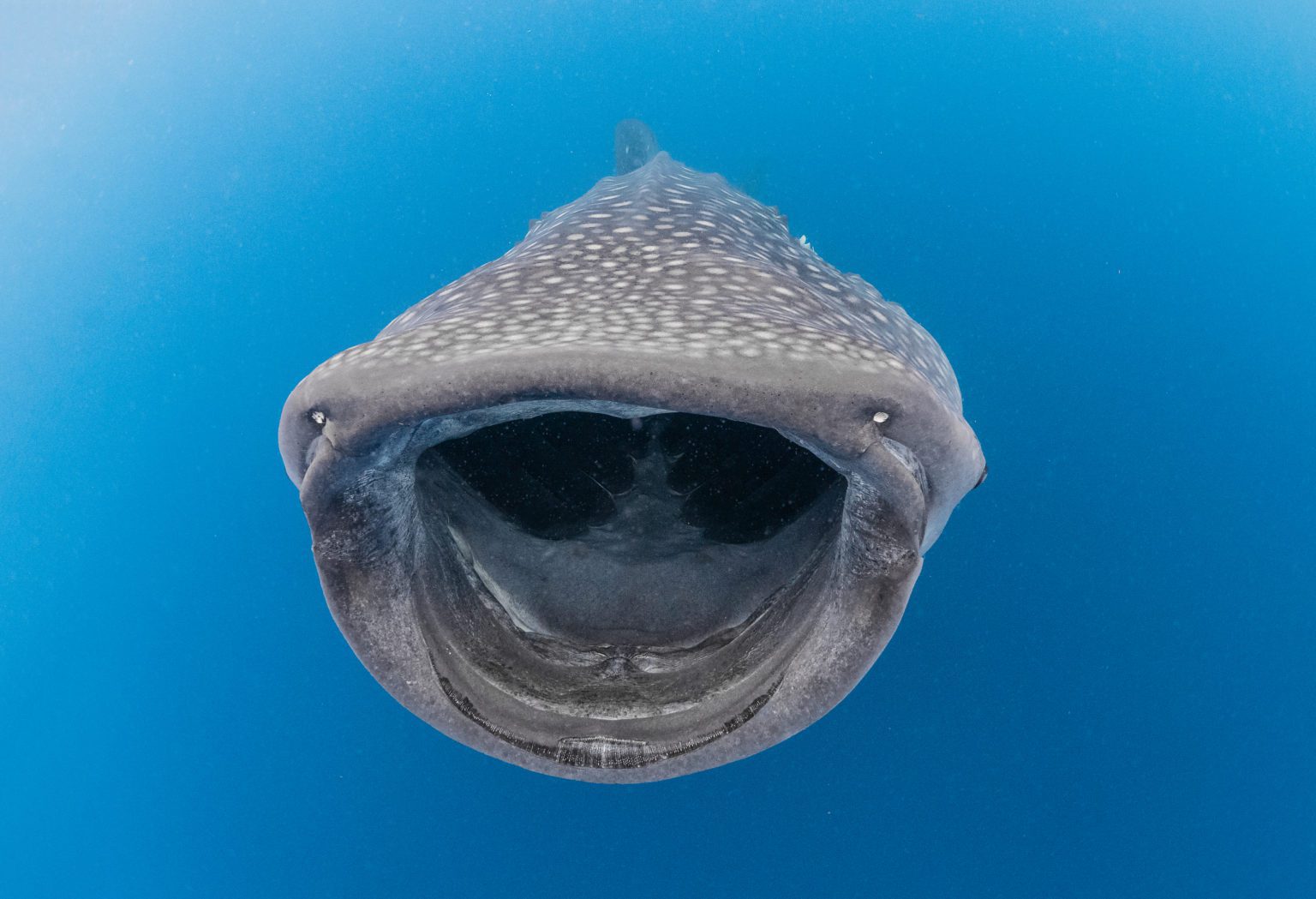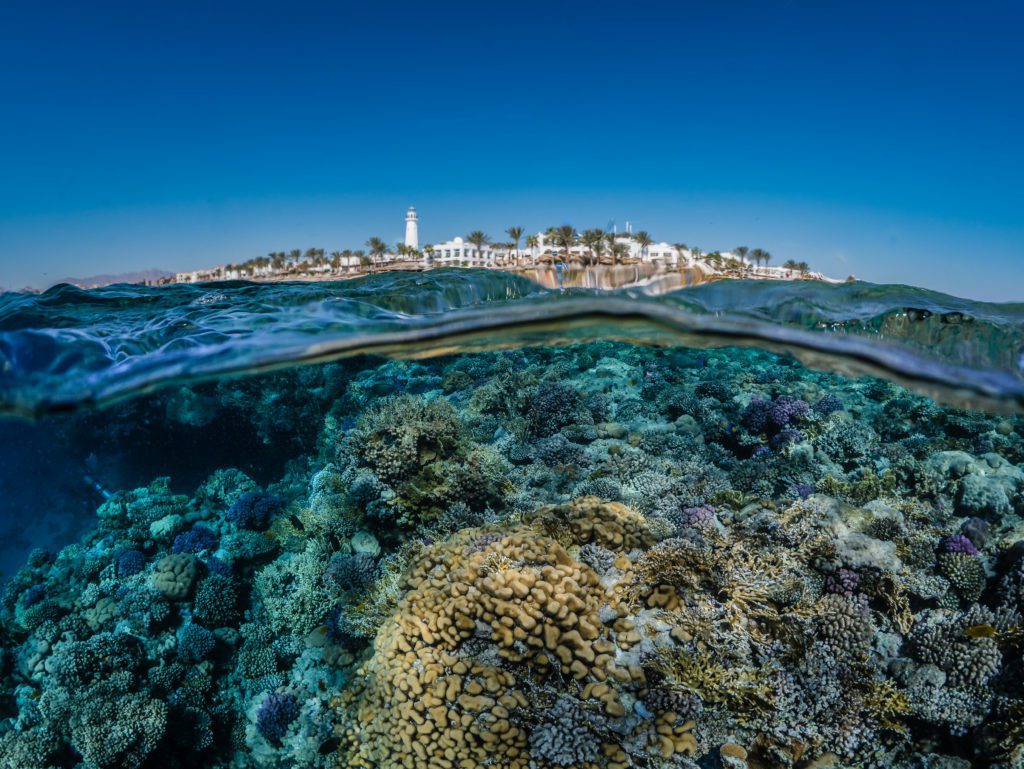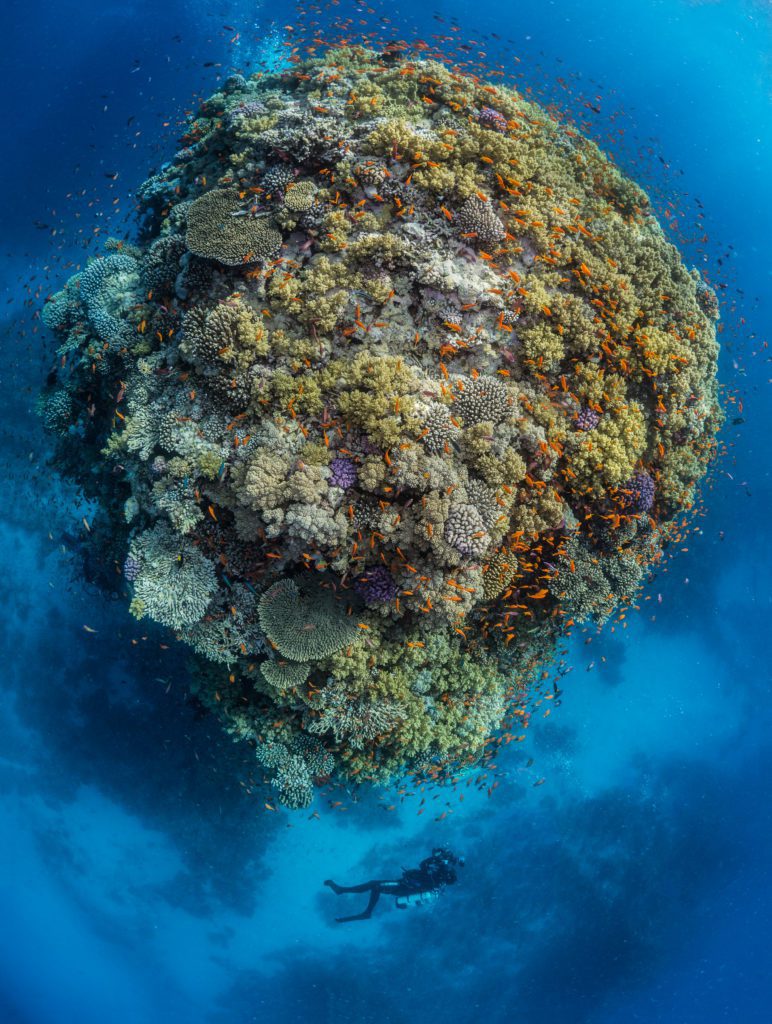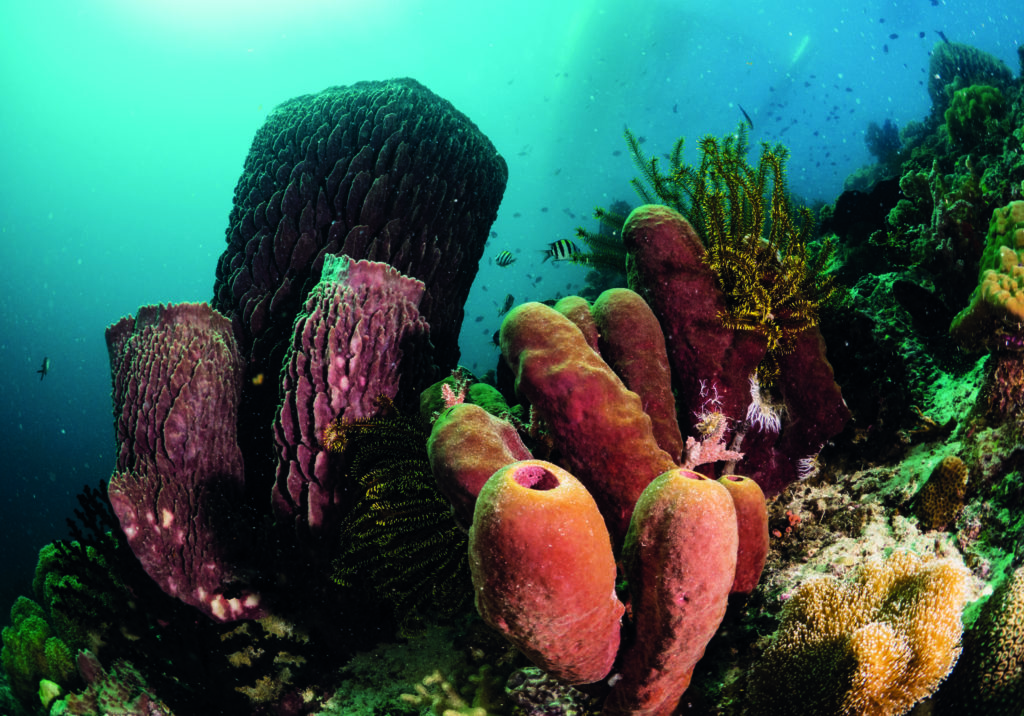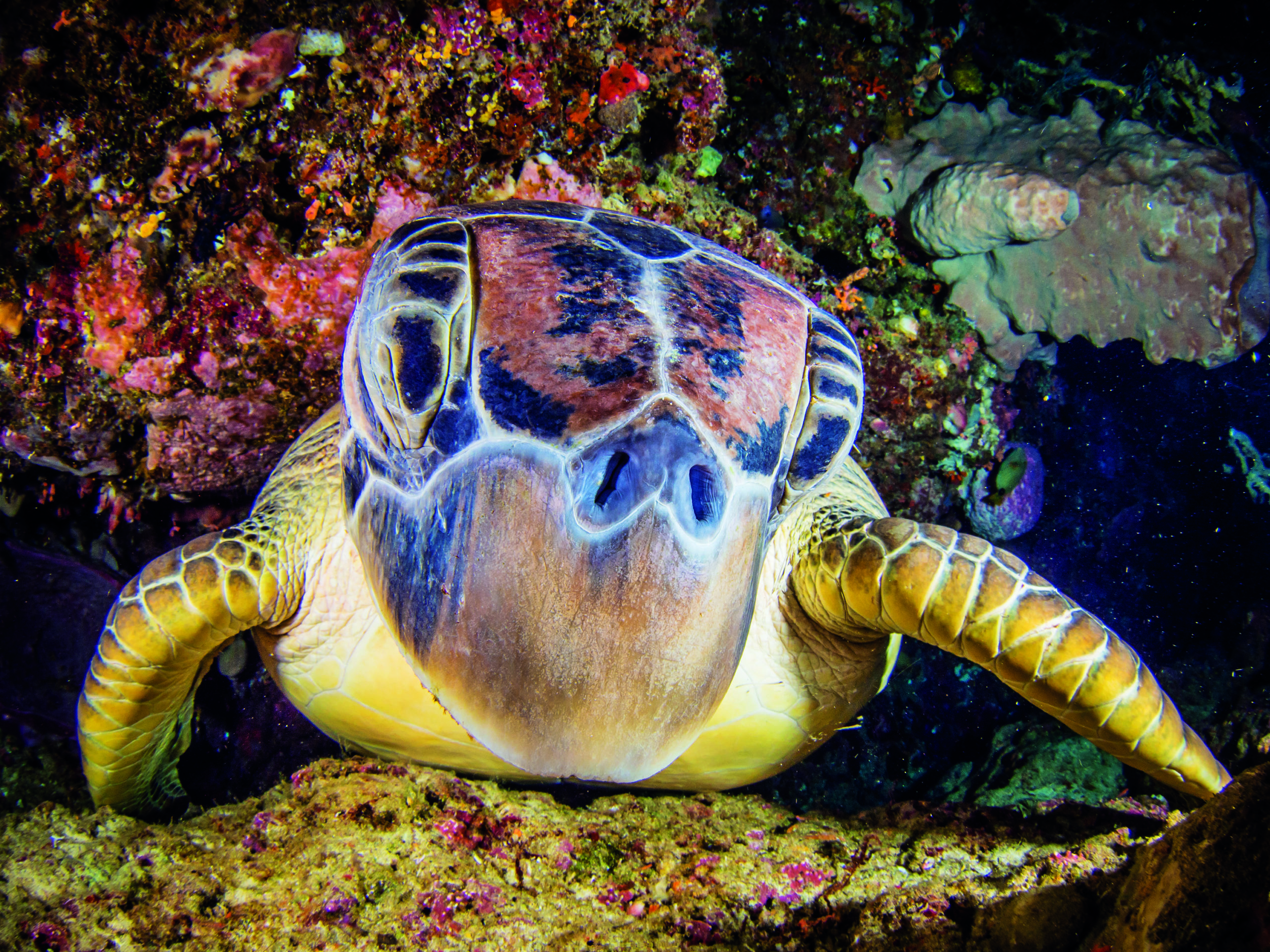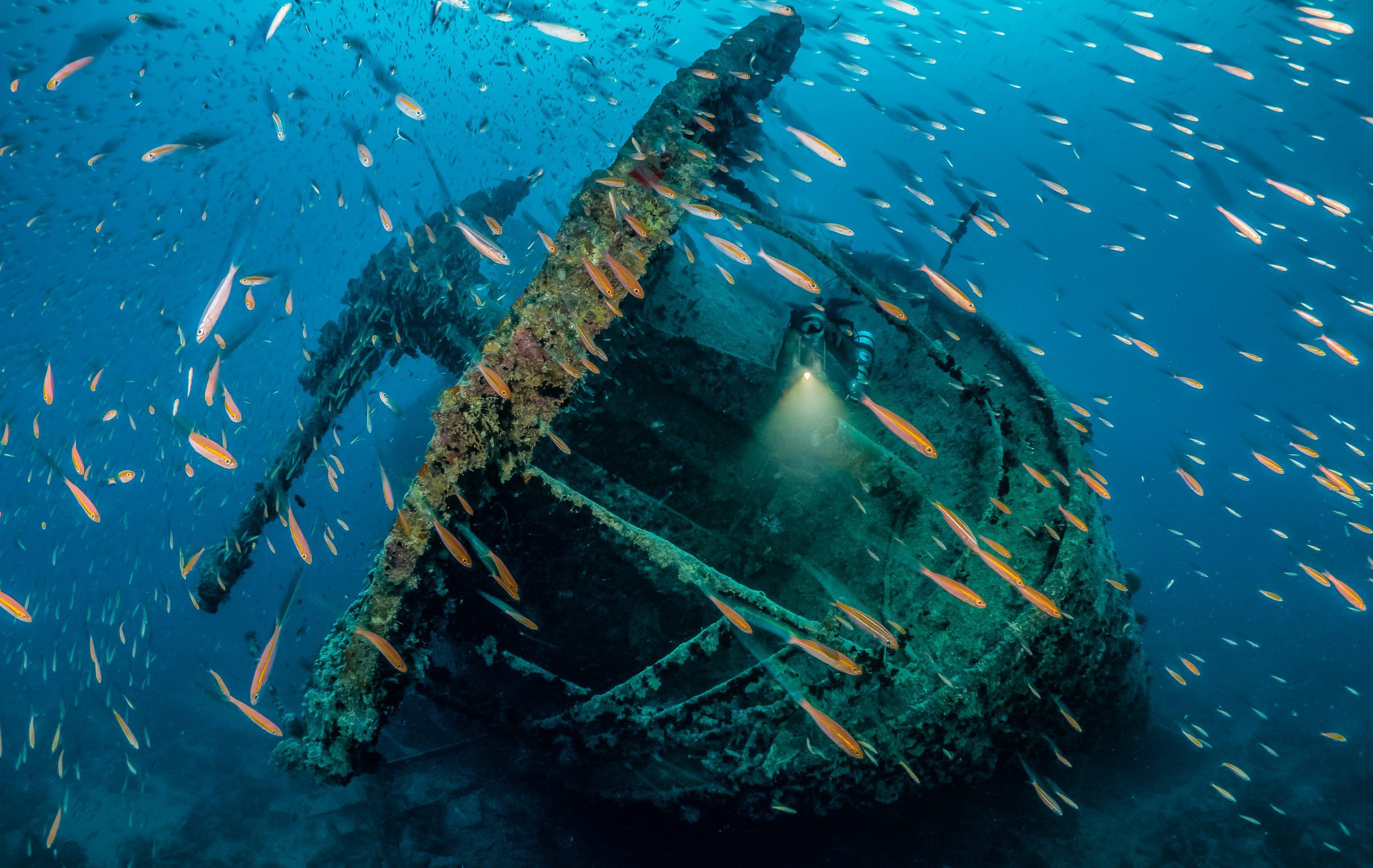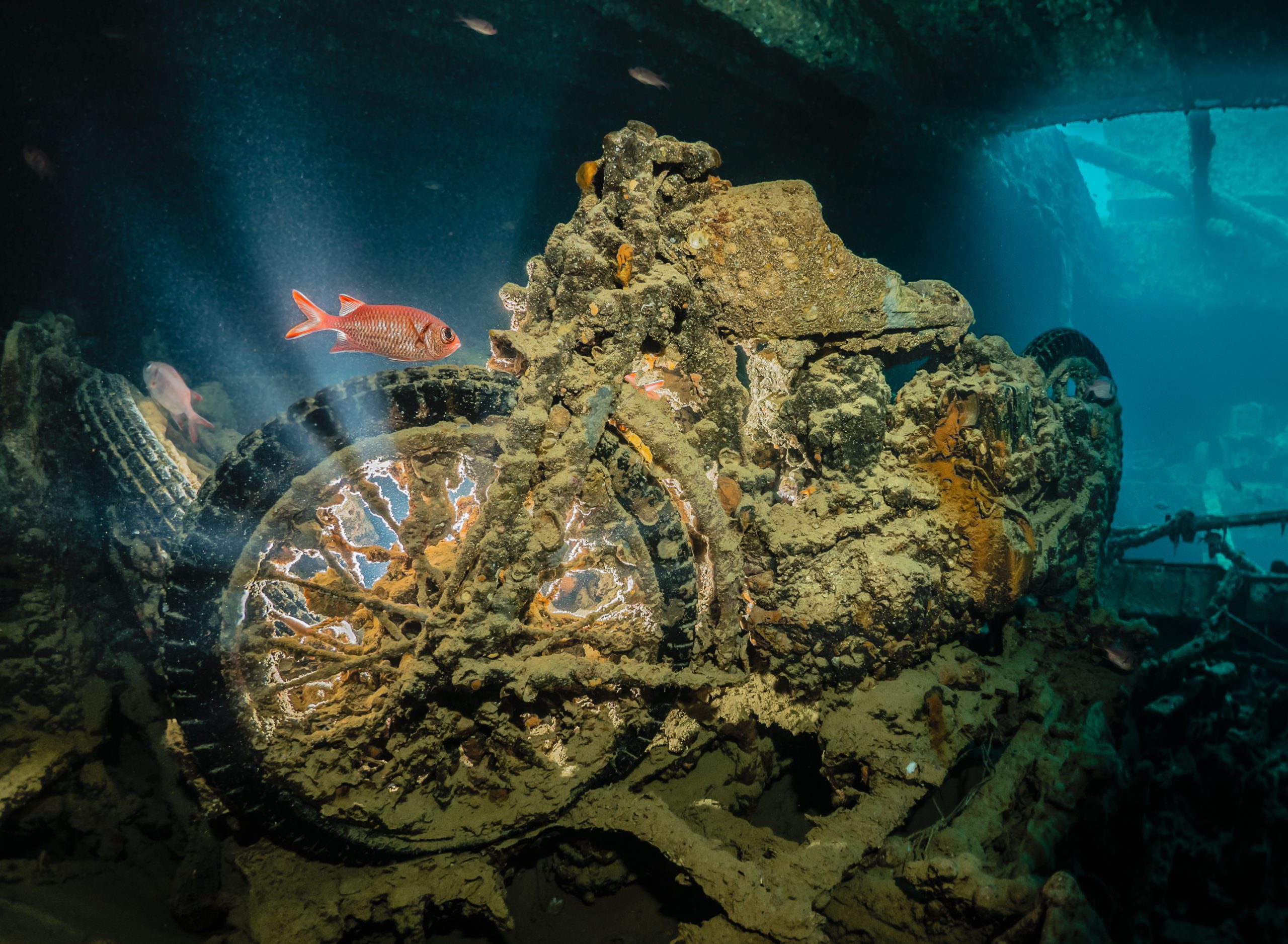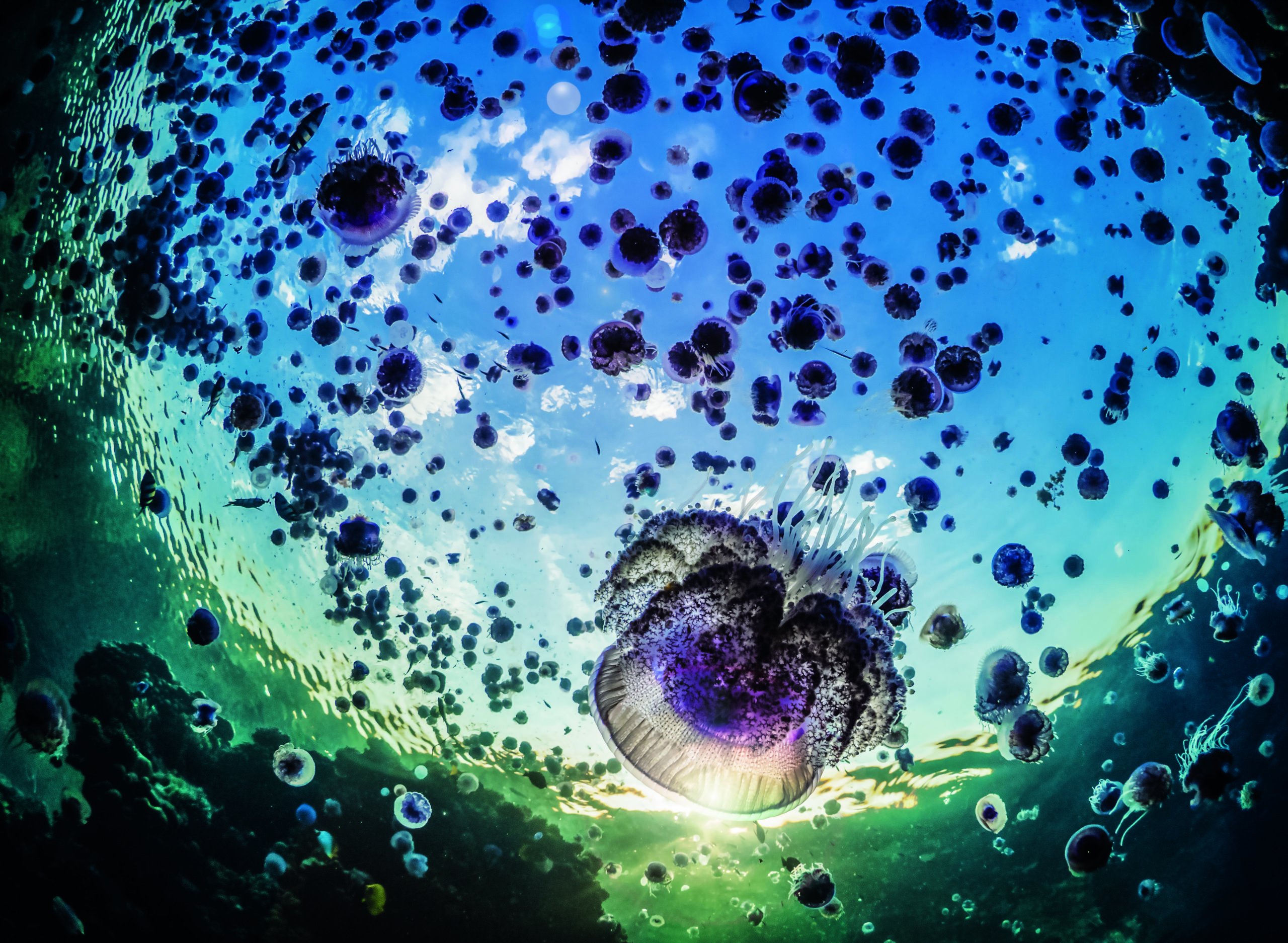Wide-angle photographs are the images with that ‘wow factor’ you see gracing the pages of Scuba Diver, and here Paul ‘Duxy' Duxfield explains how they are achieved.
In short, because they’re worth it. Newcomers will often baulk at the costs of the wide-angle lens that is designed for their camera and housing, but listen up, because I’m going to give you some good reasons for lashing out potentially hundreds of pounds on a chunk of glass that, at first glance, doesn’t appear to do much. Or, at the very least, make the future purchase of a supplemental wide-angle lens a major consideration when buying a camera that you intend to use underwater.
One of the commonest questions I get asked by people starting out is that they will say ‘why are my pictures so flat and blue?’, or words to that end. They often think that their camera isn’t good enough, or that they aren’t pressing the right buttons or something. It’s much simpler than this, though, but first you need to understand a couple of things…
Water isn’t Nearly As Clear As You Think It Is
Even if you’re in the so-called gin-clear waters of a Mexican cenote, or the deep blue waters hanging off a wall in the Egyptian Red Sea, then the clarity falls off much quicker than it does in air. You’ll hear people talking about 30-plus metres of vis, but this is a moot point.
Does that mean things are so clear that you can define things underwater just as well as if you were standing 30 metres away on land? No, of course not. You only have to put your head underwater in the filtered conditions of a swimming pool to realise that things become much less distinct only ten metres or so away. And for the sort of colourful underwater pictures that I’m sure you want to emulate, then you need to do one very simple thing – get close, and then get closer still. This will mean that you are shooting through much less water – and the less the better.
This is fairly obvious if you’re shooting tiny stuff. And with most cameras with a kit lens, either DSLR, mirrorless or compact, then you may well be only a few inches away. And if you get enough light on your subject with a strobe, either external or built in, then your pictures should be lovely, colourful and crystal clear. Which is where most people come adrift.
They know their camera can do the colourful clear stuff, but as soon as they try and shoot anything bigger than a macro shot, then the quality suddenly drops, and the pictures start to become drab and less dynamic.
This has often had the effect of lowering confidence levels, because it may not be immediately obvious why this is happening. In their mind’s eye they are seeing the shot they want to take. They’re experiencing the magnificent bow of a wreck, or the gaping mouth of a whaleshark, but the pictures they’re getting aren’t matching up to their expectations.
In my experience over the course of many workshop trips, I have found these problems keep cropping up, enough for me to now pre-empt this happening. Some people are quite forthright and will complain about their results, but others will just clam up and blame what they see as an inadequacy on their part. So, I will try to head off this behaviour at the pass, and explain that it’s not their fault, it’s just simple physics to blame.
When you stop and think about it, what is happening is quite easy to understand. If you are shooting something quite large underwater, like a wreck, a huge coral head or maybe even your buddy, then you may well have to retreat a few metres, maybe more to get the whole subject in frame. Just as you would on land.
However, if you’re shooting with a regular kit lens on your camera, regardless of the type, then the lens at its widest is quite a modest wide angle, and if you then add the factor of the water magnifying its angle of view, making it quite a bit less wide angle, then you’ll find yourself shooting through much more water than you thought between you and the subject.
And so, if you could only go much wider, then you could get really close and get everything in shot at the same time, and everything would be clearer and sharper as a result. This is why add-on wide angle and fisheye lenses exist for underwater use, but here is where the potential buyer needs to be very aware.
If you’re in the market for a new camera that you want to take underwater, then you really deserve it to yourself to check that you can attach a sufficiently wide-angle lens onto it in some way or another.
If you have a camera with an interchangeable lens, then the chances are much higher that you can either buy an external wide-angle lens designed to be removed and put on underwater. Or better still a dedicated fisheye lens that you put onto the camera itself and then use a special dome port to allow the lens to work correctly underwater.
Most people though start off with a compact camera of some sort, but please get some advice before buying, from a proper underwater photographic retailer, as to the suitability of your intended purchase.
Or you could always drop me a line or Facebook me on my dedicated Duxy Trips Page. I make it my business to keep up-to-speed with all aspects of current underwater photographic tech, and sadly not all cameras are created equal particularly in this regard.
My personal experience of working within underwater photography retail is that people can, and do, make expensive mistakes when buying a camera for underwater use. So, if you have a camera in mind, or have already bought one, then please just ask – it won’t cost you a thing to email me, and may save you a fortune in the long term.
The next question I’m usually asked is ‘what’s the difference between a wide angle and a fisheye?’ This terminology is used a lot, and can confuse beginners, as a fisheye lens is a wide-angle lens, but not all wide-angle lenses are fisheye. Confusing or what?
Normally when referring to a wide-angle lens that is attached to a housing, then they will have an angle of view (AOV) of around 100 degrees, and a fisheye is simply a much wider angle again, usually from 130 to 180 degrees AOV. All this means is that you can get even closer with a fisheye lens so you’re shooting through even less water, and the less water then the sharper and more colourful your picture.
The downside is that fisheye lenses also distort the picture so that straight lines become bowed, and the greater perspective distortion means that anything close looks huge in the frame and recedes very quickly into the distance. For most of us though, this is the lesser of two evils, as we will take the distortion on the chin in return for sharper, clearer shots.
This becomes even more of a big deal if the visibility is poor i.e. shooting in plankton-rich water, or you’re a regular diver in the UK or other less-clear conditions. So, when shooting anything bigger than macro subjects, it becomes almost a necessity to shoot super wide.
If you own a GoPro or similar, one of the things that has made them so popular with underwater photographers is that they come ready equipped with a super wide-angle lens.
This does mean that they aren’t that good at shooting really small subjects and they don’t actually focus that close, but as an all-in-one solution they’ve become quite popular as you don’t need to spend anything extra on a wider angle lens.
So why not just buy a GoPro and have done with it? Well, a GoPro is a great Jack of all trades, being able to shoot video and stills, but it’s not very good at macro photography, and it doesn’t have a built-in flash – so it can’t trigger an external strobe, which you will find will restrict you in the long term.
Far better to spend the same amount of money on a decent camera that can shoot stills and HD video but will also trigger a strobe, etc. You don’t need to spend a fortune to get something very capable and flexible.
Okay, you’ve seen the light about getting a wide-angle lens, start slowly and especially if you’re more used to shooting macro subjects, give yourself time to learn. It won’t happen immediately that you’ll get good results, and you’ll possibly have to work a bit harder if you’re entrenched into a macro mindset.
Get close to your subjects. I try and find something to place prominently in the foreground – this has the effect of leading the eye into the shot. You can also start playing with illuminating the scene with your strobes if you have one, although at first my advice is to start with some good available light shots with your new wide-angle lens, as this will boost your confidence and encourage you to try more.
Have fun, shoot lots, and play around with the new angles and possibilities that a wide-angle lens will give you.
Duxy Escorted Trips
A great way to learn how to use new kit and develop your skills is on a dedicated trip. My escorted trips are for all and if you have a GoPro or compact, I can improve your skills and realise your full potential in an easy-going, relaxed environment. If you’re a more-experienced shooter, my itineraries and locations are carefully picked to be very photographically productive.
Duxy will be leading a Red Sea liveaboard in 2023 – book now.
Biography
Since returning from Egypt working as a guide in the early noughties, Duxy has been at the forefront of underwater photography technology and how it has changed the way we all now take underwater photographs.
Working as sales manager for the two leading underwater photography
retailers, and more lately as the photography travel specialist for a multi-award-winning dive travel agent, his light-hearted take on the iving world and underwater photography has resulted in him being a regular speaker at the Dive Shows and at clubs up and down the country, sharing his knowledge and experience with all levels and abilities of underwater photographer.
He likes nothing better than to get a beginner started on the route to rewarding pictures, and approaches the subject with an inclusive, rather than exclusive, manner. He now has more than 40 escorted trips under his belt and is continuing to develop new ways to pass on the knowledge and share the love. He can be found on Instagram and Twitter as @takeiteasyduxy and Facebook as Take iT Easy.
Photographs by Paul ‘Duxy’ Duxfield
